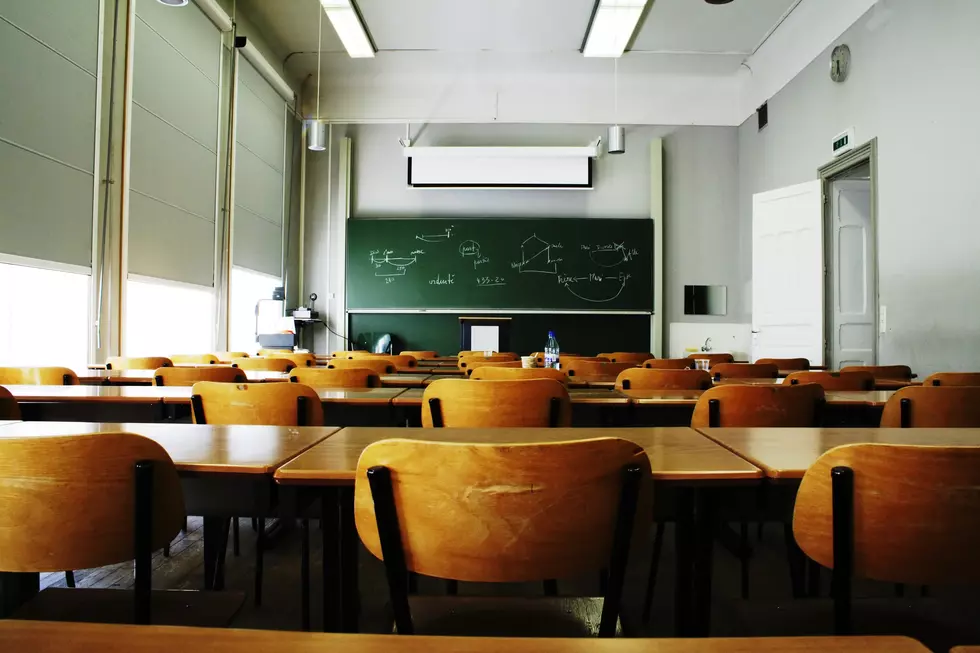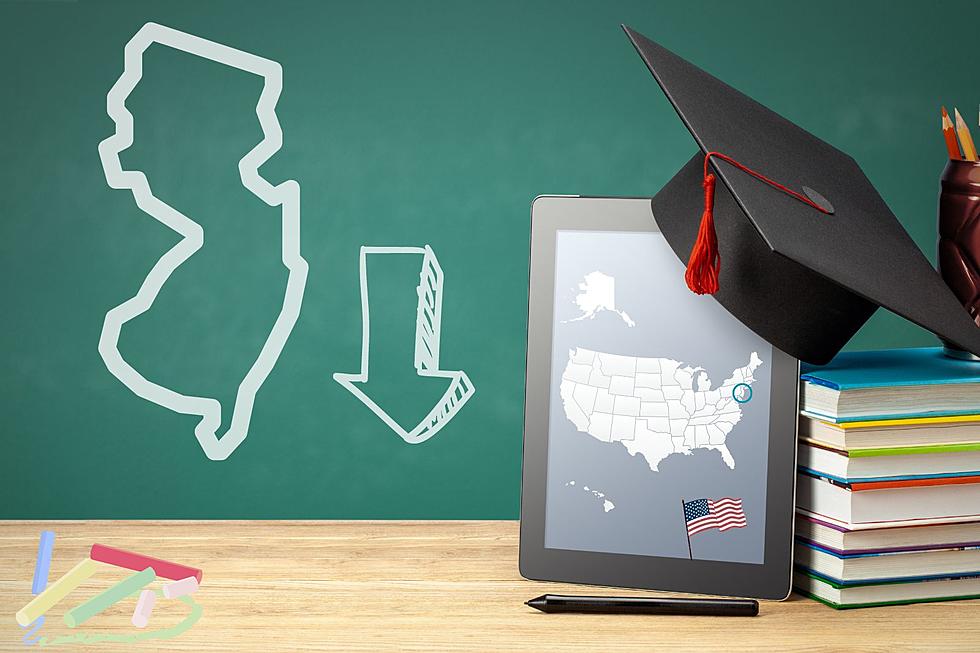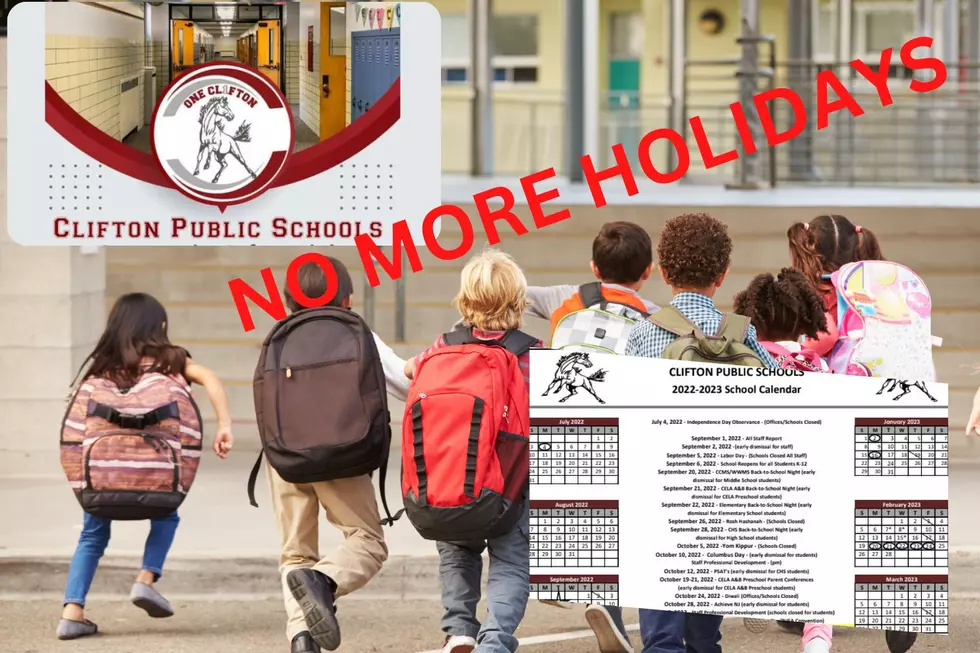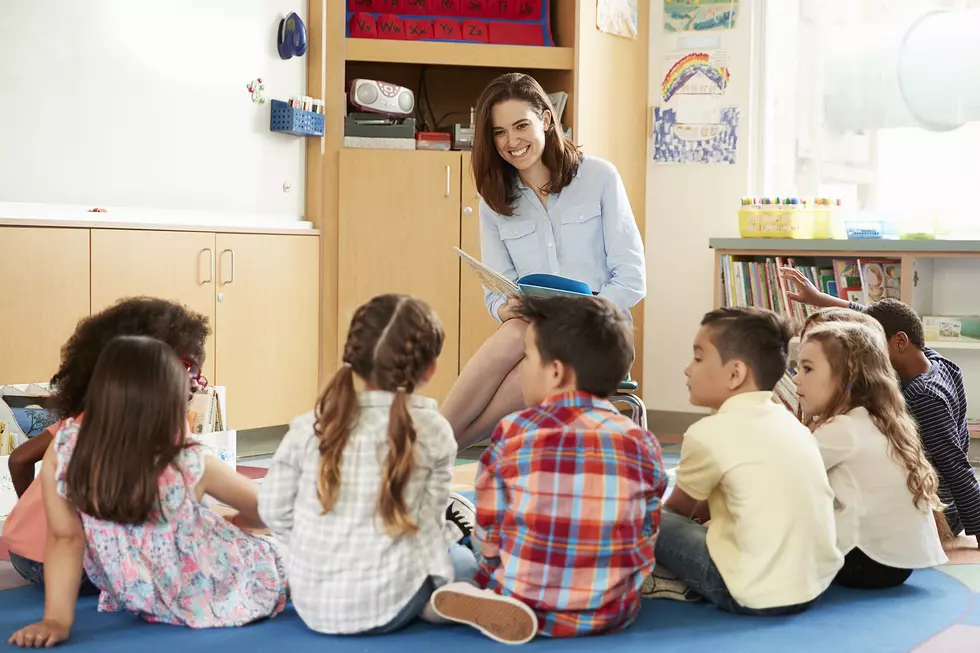
Report finds segregation in education on the rise
Six decades after the Supreme Court outlawed separating students by race, stubborn disparities persist in how the country educates its poor and minority children.
A report Tuesday by the nonpartisan Government Accountability Office found deepening segregation of black and Hispanic students at high-poverty K-12 public schools. These schools offered fewer math, science and college prep classes, while having higher rates of students who are held back in ninth grade, suspended or expelled.
"Segregation in public K-12 schools isn't getting better. It's getting worse, and getting worse quickly," Rep. Bobby Scott of Virginia said. The analysis, he said, confirmed that America's schools are largely segregated by race and class, leaving more than 20 million students "attending racially and socioeconomically isolated public schools."
"This report is a national call to action," said Scott, the House education committee's top Democrat and among the lawmakers who requested the study. Its release coincided with the 62nd anniversary of the Brown v. Board of Education ruling, which declared segregated schools unconstitutional.
"While much has changed in public education in the decades following this landmark decision and subsequent legislative action, research has shown that some of the most vexing issues affecting children and their access to educational excellence and opportunity today are inextricably linked to race and poverty," the report said.
In the 2013-2014 school year, 16 percent of the nation's public schools had high concentrations of poor and black or Hispanic students, up from 9 percent at the start of the millennium, the review of Education Department data found. Student bodies at these schools were at least 75 percent black or Hispanic -- and in some cases 100 percent.
These schools tended to provide fewer math courses, with calculus and seventh grade and eighth grade algebra seen as particularly lacking. In science, they had less biology, chemistry and physics courses than their more affluent counterparts with fewer minority students.
Less than half of the mostly poor, mostly minority schools offered AP math courses.
Looking at all public schools, the report found low-income and minority students were far less likely to enroll in these more rigorous courses.
Hispanic students at these schools took an additional hit. The report said they tended to be "triple segregated by race, income and language," according to specialists and educators that the investigators interviewed.
(Copyright 2016 The Associated Press. All rights reserved. This material may not be published, broadcast, rewritten or redistributed.)
More From New Jersey 101.5 FM









